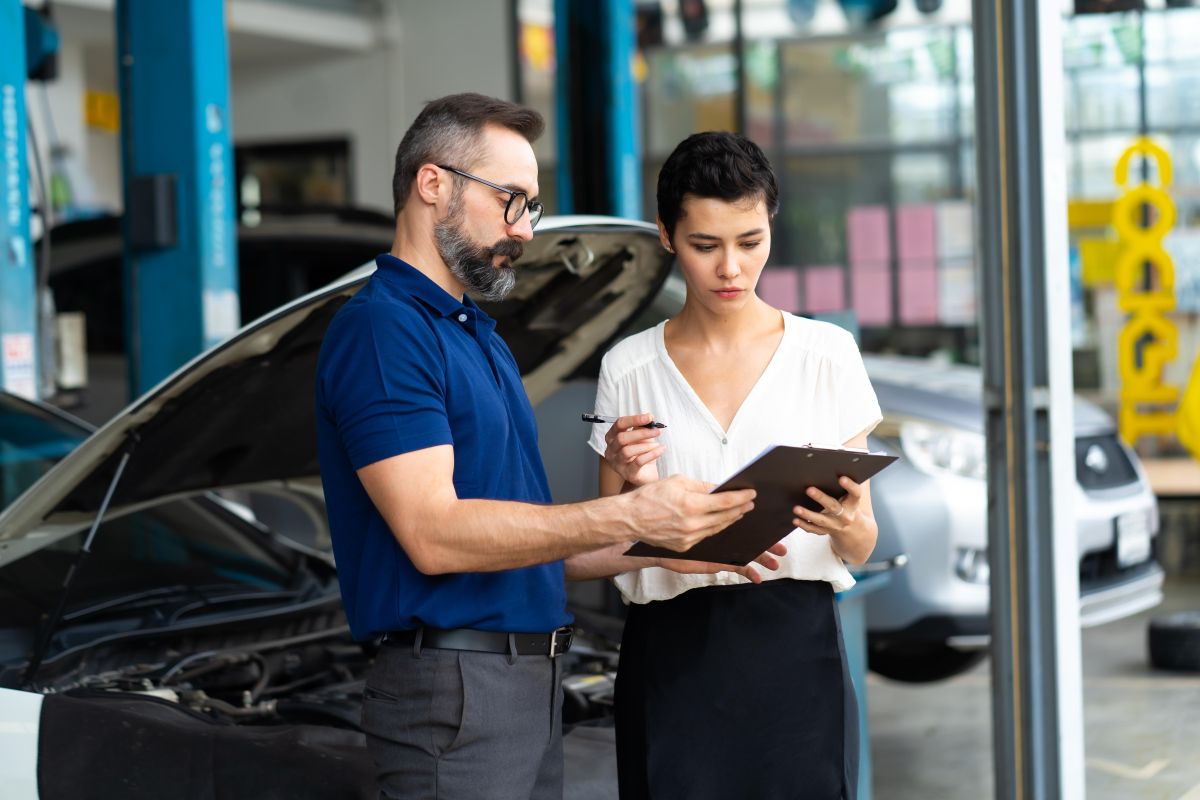New California regulations on writing estimates for repairs after teardown took effect July 1. A failure to comply could result in fines of up to $5,000 per instance.
Nearly two years in the works, the new rules from the California Bureau of Automotive Repair (BAR) expand requirements for specific, focused, original descriptions of work to be done on vehicles. This includes who will pay for what and separating towing from repair, in both estimates and invoices, presented in plain language.
BAR materials from an October 2023 workshop cited “consumer confusion on insurer co-pays even after signing” estimates as well “vague descriptions of work to be performed” as reasons for the revisions.
Fines of up to $5,000 per citation can be levied for a shop’s failure to meet the new estimate writing rules, according to an email from Jack Molodanof, an attorney and legislative adviser working with California Autobody Association. The list of “citations will also be published on the BAR website, accessible to customers, competitors and strategic partners,” Molodanof wrote.
BAR plans a presentation on the new rules at its July advisory group meeting; a Q&A “section to assist auto repair dealers in maintaining compliance” will also be available, Molodanof wrote.
New Rules: Towing, Teardown, Third-Party Pay
Revising the estimate writing rules does several things, according to a spokesperson from the Department of Consumer Affairs (DCA), which oversees BAR, in an email.
This includes expanding the definition of “teardown” to requiring estimates to name “a specific portion or area of the vehicle” or components in repair diagnostics. Definitions for “pre-loss condition,” “third-party payor” and “specific job” are added, DCA said.
Rules now clarify “what must be included in a teardown estimate, such as time and cost to reassemble,” DCA said in its email.
Another added entry to the rules requires “the itemized estimate shall include the amount the insurer or other third-party payor is paying on the claim.” If this amount isn’t known, collision repair providers must add this properly worded disclosure to the estimate: “This estimate is for repairs to meet vehicle manufacturer and industry standards. As the customer, it is your responsibility to contact the third-party payor for payment approval.”
A shop’s estimate should be original work and shouldn’t “copy, use or attach a third-party payor’s estimate to create their own estimate,” CAA said, because this would trigger additional restrictions. DCA’s email said the new rules “outline requirements for preparing an estimate based on one provided by a third-party payor.”
Dealers offering towing must get authorization and write an estimate for those costs as a transaction separate from the repair work, DCA and CAA said.
BAR Focus on Collision Repair
All this is to be done in clear, non-technical language, not using “industry-specific terms so individuals without professional or specialized knowledge can understand them,” Molodanof wrote.
The new estimate writing rules apply to all automotive repair dealers, but because of their application, “we find this more and more common in the collision repair / auto body repair environment,” BAR Chief Patrick Dorais said at the 2023 workshop. He said “consumer complaint mediation efforts” in the industry prompted the revision. The DCA spokesperson’s email said BAR released an updated “Write it Right” guide incorporating changes on July 1.
The new regulations affect “all automotive repair dealers, especially auto body shops and it is crucial to follow them to avoid citations, fines and disciplinary action,” Molodanof wrote.
CAA plans “a webinar in the near future to review the new BAR regulations and provide detailed guidance to help all California auto body shops understand the requirements and … remain in compliance.”















Paul Hughes